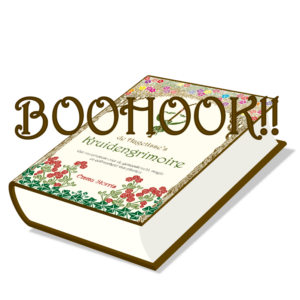
This beautiful plant with its lively lilac to purple flowers is versatile. Chicory, Cichorium intybus, can be used medicinally and magically and is edible. Its domesticated siblings, endive and the delicate, white Belgian endive, are widely used as vegetables.
Chicory is at least as tasty and more nutritious than these vegetables. I love its somewhat bitter taste, especially when combined with pieces of apple and some walnuts, and with olive oil drizzled on top. You can even make a tasty surrogate coffee with its root.
Medicinally, it mainly works against digestive disorders, helps the kidneys and thus detoxification related disorders. Given the importance of these bodily functions, it can logically have a major impact on your well-being.
Furthermore, chicory influences the nervous system and helps with hypochondria and nervousness. Do you suffer from fatigue? Use this plant a little more often. It will cheer you up.
Magically, it is a useful herb during the more suspenseful moments in life, like during conflict and whenever you want to keep a low profile and stay safe. And if you do get noticed, chicory will help you make a positive impression on the right people, which will bring you prosperity.
Chicory grows on a large, fleshy taproot, which tastes bitter. The green, puberulous, widely branched stem grows from the root. At the bottom of the stem, you will find a radical leaf rosette, with runcinate leaves, like the dandelion.
The higher up leaves are small and grow directly onto the stem. In the leaf axil we find the lilac, purple or light blue ray florets, which are serrated at the tip. In the centre you will find blue or purple stamens. The flowers only open when it is dry and only for part of the day. They are heat-loving and seek out the sun.
Chicory is the plant from which a well-known vegetable, endive, was grown.
Ground chicory flowers speed up the composting process.
Basic membership is free. A plant monograph contains:
It's not allowed to copy content of this website
and view hidden content
